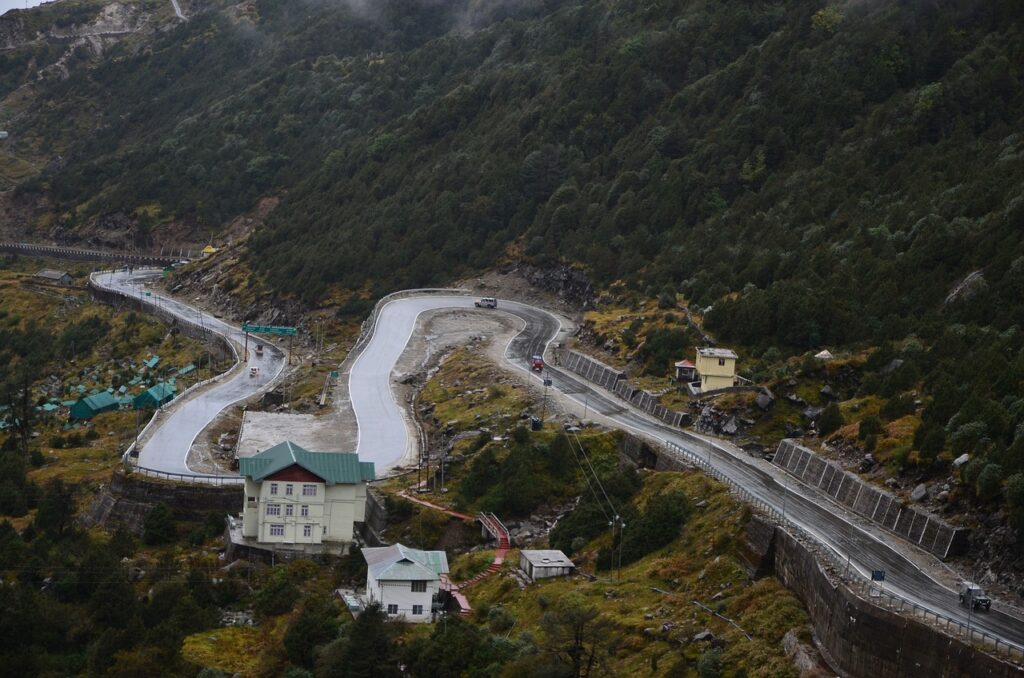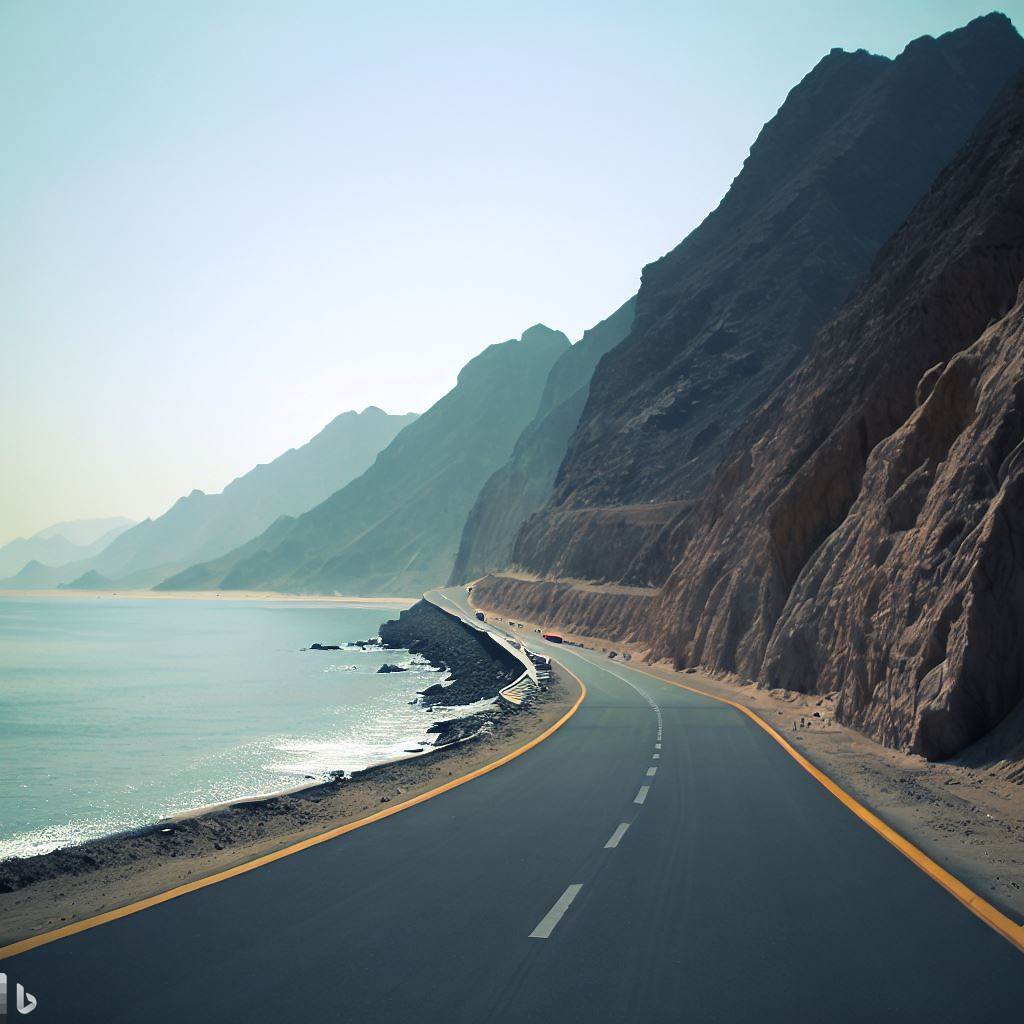Similarities Between Ancient Silk Route and Modern days CPEC
Sometimes, things from a long time ago are similar to things happening today. One such interesting connection is between the Ancient Silk Route and the China-Pakistan Economic Corridor (CPEC). They show us that trading, connecting places, and sharing cultures have always been important throughout history.
The Ancient Silk Route was like a big road system a long time ago. People used it to move things like special fabrics, spices, and more between faraway places. It helped different parts of the world learn from each other and trade goods.
Now, there is something similar happening with the CPEC. It is a big plan to build new roads and things that connect China and Pakistan. This idea of connecting places for trade and interaction is something that has not changed over time.
The Ancient Silk Route and CPEC might be far apart in history, but they are similar in how they help places grow, let people exchange ideas, and bring different parts of the world closer together. It is like a special thread that connects different times and shows us how certain things will always be important to people.

The new project called the China-Pakistan Economic Corridor, or CPEC, is not exactly the same as the old Silk Road. Long ago, the Silk Road was like a big path that connected China to places far away, like the Mediterranean area. It used for trading things and sharing ideas.
Now, CPEC is something different. It is a plan to build new roads, railways, and other things that connect China to a port in Pakistan called Gwadar. This will make it easier to move things between these two places. While the CPEC route does not exactly mirror the ancient Silk Road, it does have some connections to historical trade routes and cultural exchange. The region of Pakistan through which CPEC passes, including parts of the province of Baluchistan, has historical significance as a crossroads for trade and cultural interactions, with links to ancient trade routes.

The China-Pakistan Economic Corridor (CPEC) and the Ancient Silk Road share several similarities in terms of their routes, even though they have difference of centuries. These similarities highlight the enduring importance of connectivity and trade routes throughout history. Here are some route similarities between CPEC and the Ancient Silk Road:
- Crossing Geographic Boundaries: Both CPEC and the Ancient Silk Road span across multiple geographic regions and countries. CPEC connects China’s western regions to the Gwadar Port in Pakistan, while the Ancient Silk Road extended across Asia, connecting China to the Mediterranean.
- Linking East and West: Both routes served as vital connections between the Eastern and Western parts of the world. CPEC connects China’s eastern industrial centers to the western regions and the Arabian Sea, just as the Ancient Silk Road linked the Chinese civilization to cultures in the Middle East, Central Asia, and Europe.
- Trade and Economic Exchange: Both routes facilitated extensive trade and economic exchanges. CPEC aims to boost trade and investment between China and Pakistan, while the Ancient Silk Road enabled the trade of goods such as silk, spices, precious metals, and cultural artifacts between East and West.
- Cultural and People-to-People Exchange: Along both routes, cultural exchange and people-to-people interactions were significant. CPEC’s emphasis on connectivity includes cultural exchange, much like the Ancient Silk Road, which allowed for the exchange of ideas, art, religion, and languages.
- Influence on Local Economies: Both routes had a profound impact on the economies of the regions they passed through. CPEC’s development projects are expected to stimulate economic growth along the corridor, just as the Ancient Silk Road contributed to the prosperity of cities and towns along its path.
- Facilitation of Transport: Both routes aimed to make transportation more efficient and effective. CPEC involves the development of modern transportation infrastructure, including roads, railways, and ports. Similarly, the Ancient Silk Road improved trade routes with camels, caravans, and sea routes.
- Strategic Importance: Both routes held strategic significance for the nations involved. CPEC is now emerges as a crucial part of China’s Belt and Road Initiative, enhancing China’s strategic and economic interests. Similarly, the Ancient Silk Road was of immense strategic importance for empires and civilizations seeking to expand their influence.
- Connection of Resource-Rich Areas: Both routes connected resource-rich areas to regions with higher demand. CPEC connects China’s resource-rich western provinces to Pakistan’s Arabian Sea coast, facilitating resource and energy trade. The Ancient Silk Road connected regions with valuable commodities like silk and spices to distant markets.
- Impact on Local Cultures: Both routes influenced local cultures by introducing foreign ideas, customs, and technologies. CPEC’s cross-border partnerships foster cultural exchanges, similar to how the Ancient Silk Road introduced new religions and cultural practices to the regions it crossed.
- Promotion of Tourism: Both routes have the potential to attract tourists interested in exploring historical and cultural heritage. CPEC’s development and connectivity can make it easier for tourists to explore various sites, much like the Ancient Silk Road attracted traders and travelers interested in experiencing new cultures.

